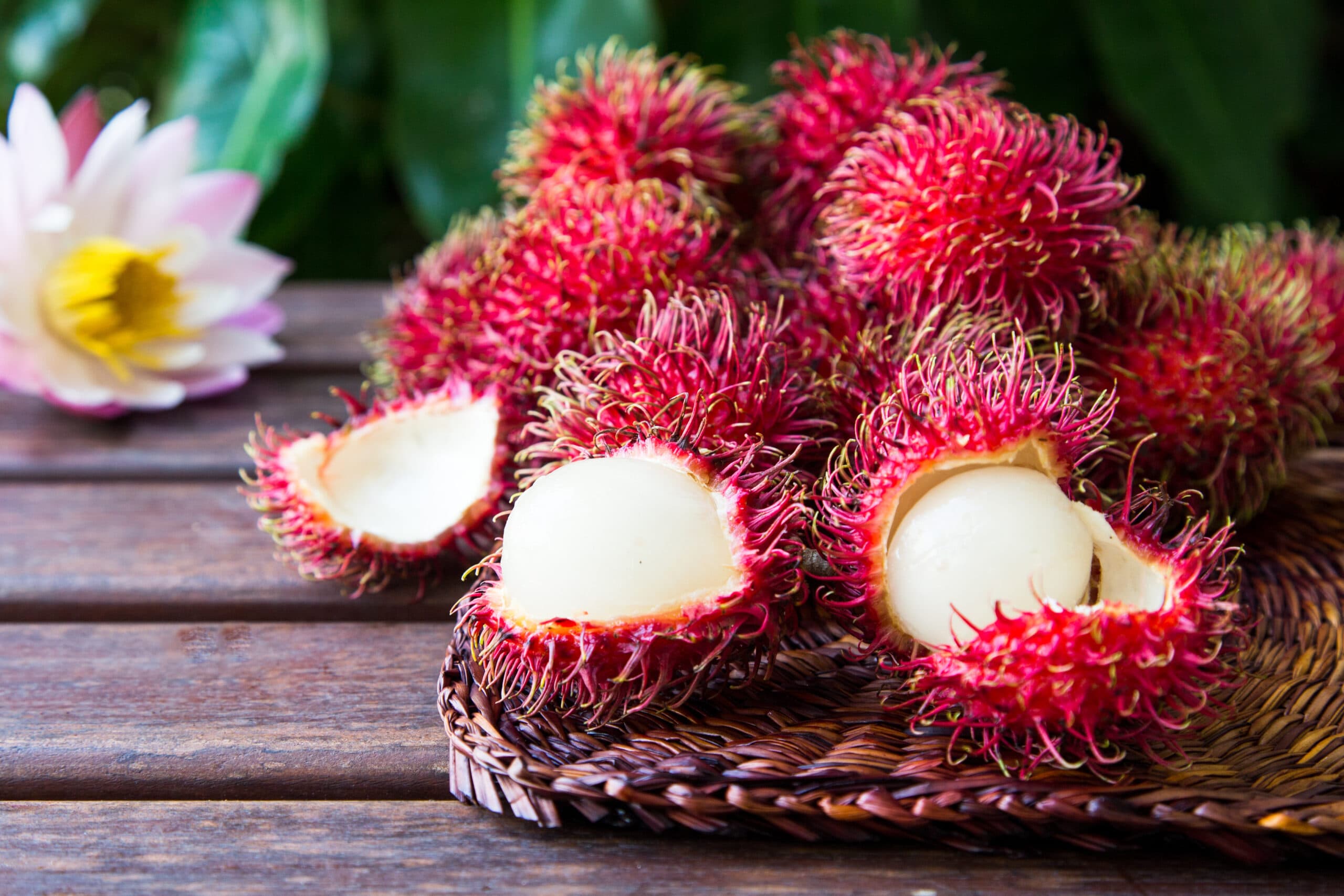The domestic tropical fruit industry is located in the tropical and subtropical regions of northern Australia. In the Northern Territory, the industry is centred around a 100km radius of Darwin. In Queensland, the majority of production occurs along the coastal strip within a 150 km radius of Cairns.
It’s a highly diverse industry with more than 60 tropical fruit species already grown in Australia. Both jackfruit and rambutan are already estimated to have gross value of production of more than $2 million annually, but there is potential for these figures to increase substantially.
Through a comprehensive consultation process, the emerging tropical fruits industry recently identified jackfruit, rambutan, durian, dragon fruit and longan as having significant growth potential in Australia.
This led AgriFutures Australia to fund the Australian Emerging Tropical Fruits Strategic RD&E Plan, which Laura Skipworth, AgriFutures Emerging Industries Program Manager, says has two main benefits.
“The Plan is a valuable resource that the emerging tropical fruits industry can use to promote itself to investors, stakeholders and other industries” she says.
“It articulates to these other interested parties what they can do to get involved and support the tropical fruits industry.
“Secondly, it highlights the priority areas for investment, so potential funding bodies and investors can have the confidence that they are investing in the highest priority RD&E projects for the industry.”
Ultimately, she says, the plan will align and centralise efforts to help to build a stronger, more profitable and resilient industry.
“While the vastness of the Northern Australia region comes with many challenges including workforce, transport and logistics, we’ve seen other industries perform successfully, so there’s a real sense that one or more of these emerging tropical fruits might be the next up-and-coming tropical fruit crop.”
According to Greg Owens, who was involved in the development of the Strategic RD&E Plan in his role as the NT Farmers Industry Development Manager, there is considerable alignment across each of the crops in terms of what is needed to secure the future of the industry.
“Biosecurity and pest management is a common concern for growers,” he says.









